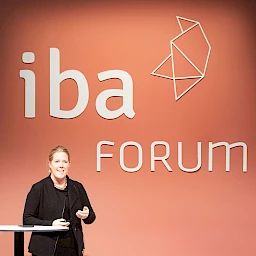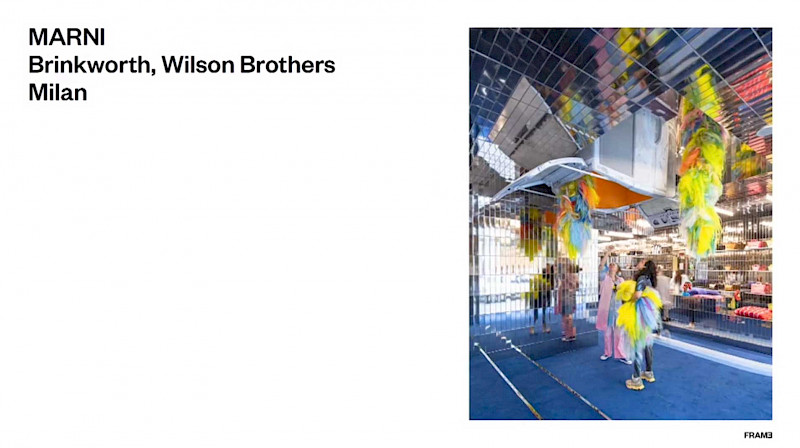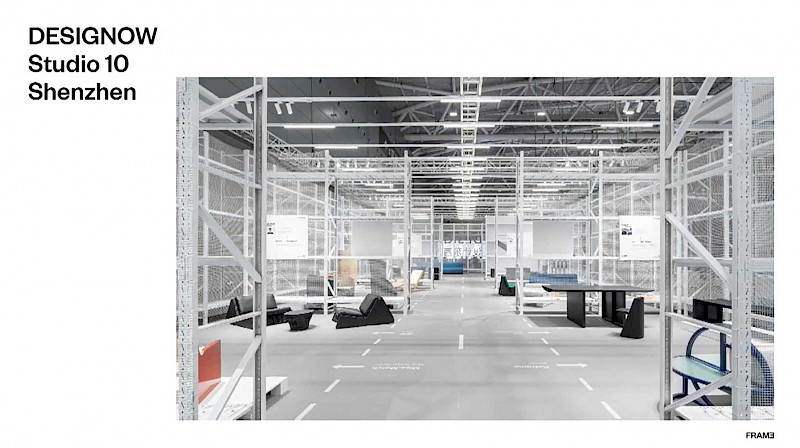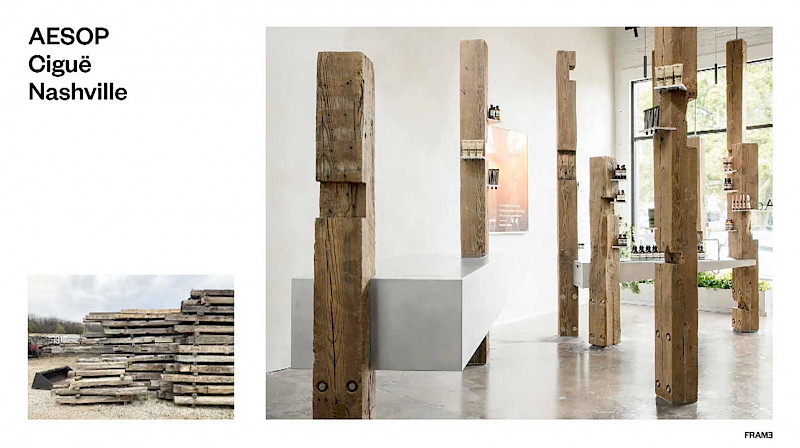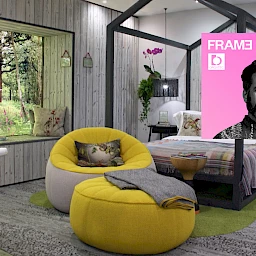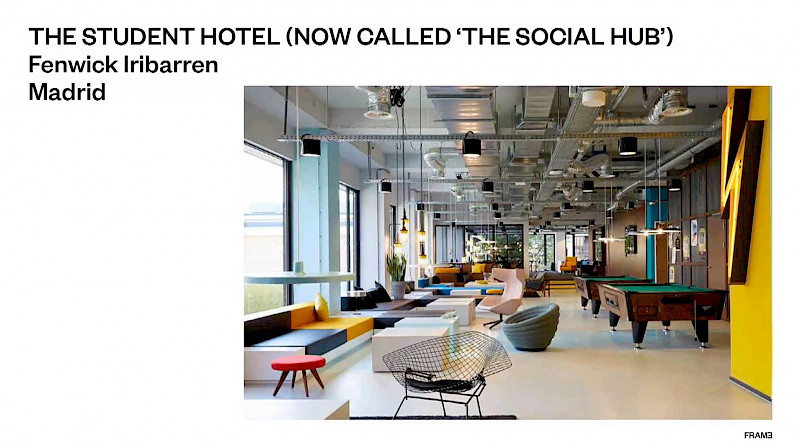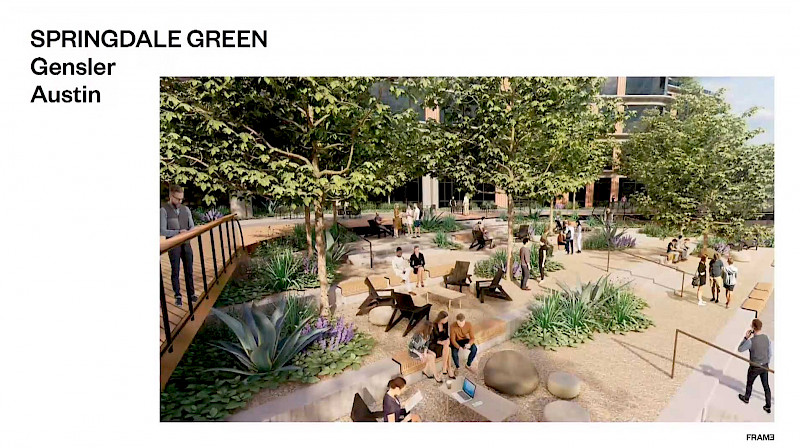FRAME, the leading magazine for spatial design, has chosen “Spaces that matter” as the title of its anniversary issue celebrating 25 years of its publishing company. The issue addresses the questions of what spaces consist of and what spatial design must accomplish from now on. Robert Thiemann, the founder and publisher of FRAME, spoke at ORGATEC about the key points of this manifesto for the future.
For Thiemann, it’s obvious that the quality of spatial design must have absolute priority, because we spend about 90 percent of our time in closed rooms, at work as well as in our private lifes. In practical terms, he believes this means:
- creating significant experiences
- making the design process more agile
- minimizing environmental impacts
- including user groups in the design process and
- putting more emphasis on health, well-being and comfort
Experience
Create meaningful, memorable, multi-sensorial experiences.
If people can work anywhere, why should they go to work in an office unless it offers improved effectiveness, a pleasant environment and special experiences? In the future, interior design will have to create meaningful, memorable and — if possible — multisensory experiences that differentiate one space from another.
→ We will get to know new “phygital” spatial concepts that combine the advantages of physical and digital experiences. These concepts are a response to the trend of prioritizing experiences over products and services. Current examples in the retail sector show how this trend can be used to create stronger and more lasting connections with people. These examples use augmented reality, art and physical materials to expand the direct experience of the product and simultaneously promote communication, sharing and joint activities.
Agility
Build in agility to personalize and share spaces, and anticipate changing needs
Agility thrives on a mix of different places. For the office, this means a combination of spaces for team meetings, spaces that promote concentration and open spaces with movable furniture that enable spontaneous conversations between colleagues and the creation of other settings. The trend away from “one-size-fits-all” solutions toward integrative office concepts is irreversible.
→ In addition, in the future interior design will be more strongly characterized by flexibility; in general, architecture and products will have to adapt themselves faster to changed requirements. As a result, interior design will be able to react in a more agile way to varying productivity requirements in the future. Employees will be able to decide for themselves how they want to use certain rooms for specific purposes. Rooms will be conceived and equipped so that they can be rearranged as modules, and spatial design will be hybridized overall.
Sustainability
Minimize environmental impact
The sustainability factors that will have an impact on interior design include the reduction of CO2 emissions and compliance with the UN campaign “Race to Zero”. In future, design will follow the requirement to minimize environmental effects, use more environmentally friendly materials and rethink supply chains. In this development, spatial design is increasingly relying on the principles “reduce”, “reuse” and “recycle”.
→ In future, designers will need to develop resilient solutions for users and the environment and integrate nature and biophilic elements in order to positively influence mental health as well as productivity in the workplace. Thiemann emphasizes that the aim includes more than just integrating natural light and plants into interior spaces. Designers should also make a positive contribution to preserving the environment, for example by planting greenery on façades and roofs in city centres.
Co-creation
Involve user communities in the design process
In future, spaces will be more strongly focused on promoting a sense of togetherness. This user orientation requires spaces that correspond to people’s wishes and needs, and express their cultural identity and lifestyle.
Design processes that engage users in the development of spaces and their furnishings are an important tool for achieving this goal. As a result, design processes will be more democratic and more community-oriented in future. Employees will play a major role in these processes. This will also change the role of the designers in spatial design projects. Instead of being the captains of the process, they will increasingly act as facilitators, intermediaries and technical consultants.
Well-being
Prioritize people’s health, wellbeing and comfort
Many plans for returning to the workplace fail due to a lack of recognition of how flexible work formats influence people’s sense of well-being. Companies of every kind and every size are now learning that the use of individualized work models instead of one-size-fits-all directives has a positive influence on inclusion and people’s sense of well-being in a physical space.
→ As a result, in future interior design will focus on individual well-being and comfort more than it has done in the past. Every employee ought to feel seen and heard, and to receive a choice of spaces that corresponds to his or her needs. A wellness-oriented workplace takes a holistic approach to health. A key aspect of this is to have less “Instagrammability” and more consideration for neurodiverse users. About 30 percent of all people react sensitively to the impressions created by their environment. According to Thiemann, it is advisable to avoid design that creates strong effects which have no inherent function.
You can find a recording of Robert Thiemann’s talk in the media center.
Interested readers can find a detailed inside view of the 25th anniversary of FRAME and the “The Next Space” movement in issue 149 of FRAME magazine.
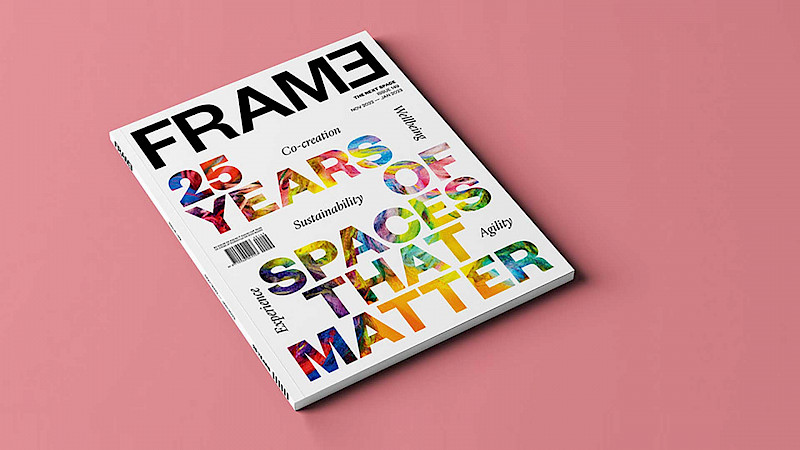



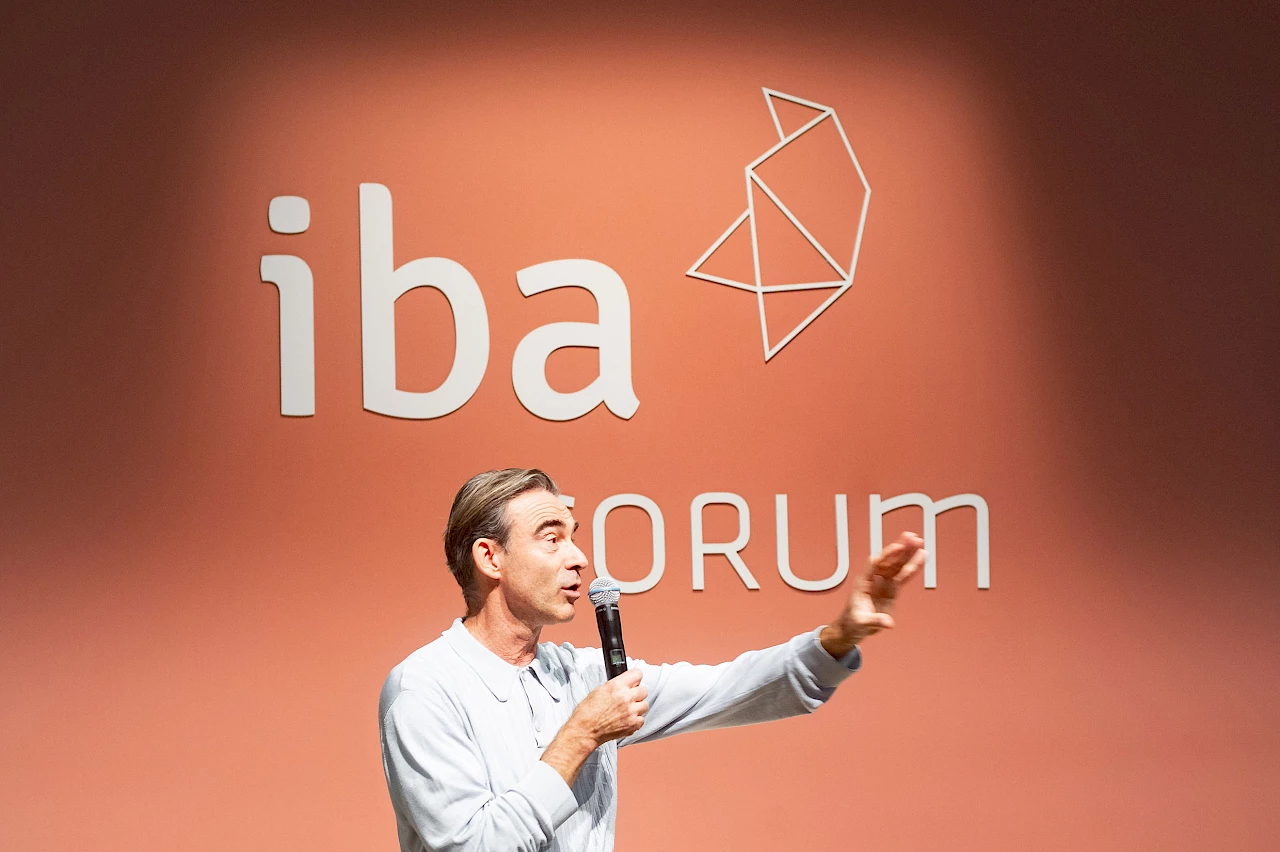
 Jasmin Najiyya
Jasmin Najiyya 